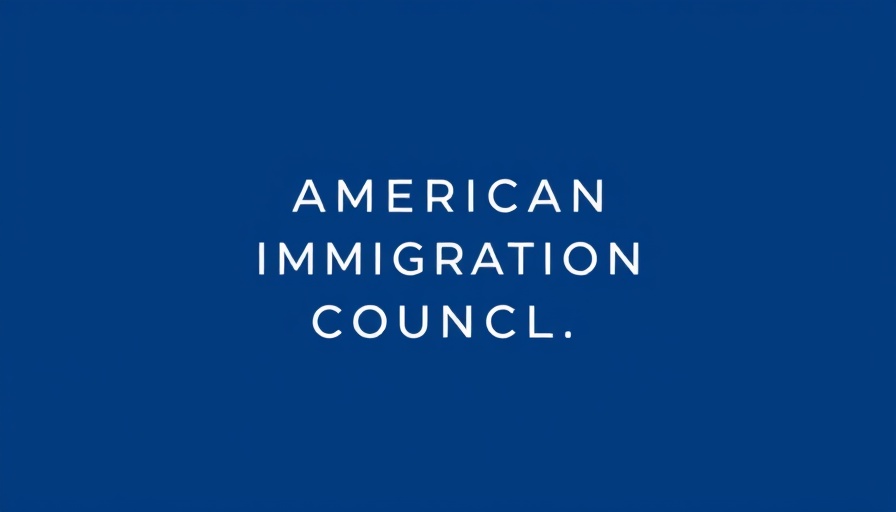
Understanding Cultural Persistence Among Immigrants
A recent study published in the Atlantic Economic Journal sheds light on a thought-provoking aspect of immigration: cultural persistence. Research indicates that cultural traits from a person's country of origin—especially concerning economic preferences—do not simply vanish once they settle in a new country. Instead, these traits can continue influencing the second generation and beyond.
Jason Richwine's paper, titled Cultural Preference for Redistribution in the United States: An Epidemiological Approach, draws parallels with a 2011 study that explored immigrants in Europe, revealing that both immigrants and their descendants often retain a preference for wealth redistribution similar to that in their ancestral lands. This finding underlines that the phenomenon extends beyond Europe, contributing to our understanding of cultural integration in the U.S.
Persistent Preferences: Finding Common Threads
One significant takeaway from Richwine’s work is the sustained influence of ancestral preferences on current generational attitudes. His research shows that ancestral groups retain distinctive views on redistribution even after several generations of residency in the U.S. The study’s data visualizes this notion—demonstrating how Russian Americans exhibit a stronger preference for redistribution compared to their Irish counterparts, which itself correlates conspicuously with the original preferences observed in Europe.
Understanding Economic Implications
This cultural persistence raises important questions regarding its impact on the American economy. The preferences immigrants carry, especially for redistribution, may clash with a growth-oriented economic model. As these preferences potentially influence taxation and innovation, understanding how they evolve over generations becomes crucial for policymakers, especially in sectors such as finance and banking.
The Role of Cultural Integration
The study serves a broader purpose by reinforcing the idea that cultural integration is multifaceted. While immigrants may successfully navigate crucial integration factors like language and employment, underlying cultural values can persist, contributing nuanced dimensions to the socio-economic fabric of their new homes.
Insights like these are vital for stakeholders in the business and financial sectors, as they illustrate how immigrant preferences shape economic landscapes. Understanding these dynamics can lead to more tailored approaches in creating financial products and services that resonate with diverse populations. Businesses should stay informed of how cultural traits influence consumer behavior and economic contributions.
 Add Row
Add Row  Add
Add 




Write A Comment